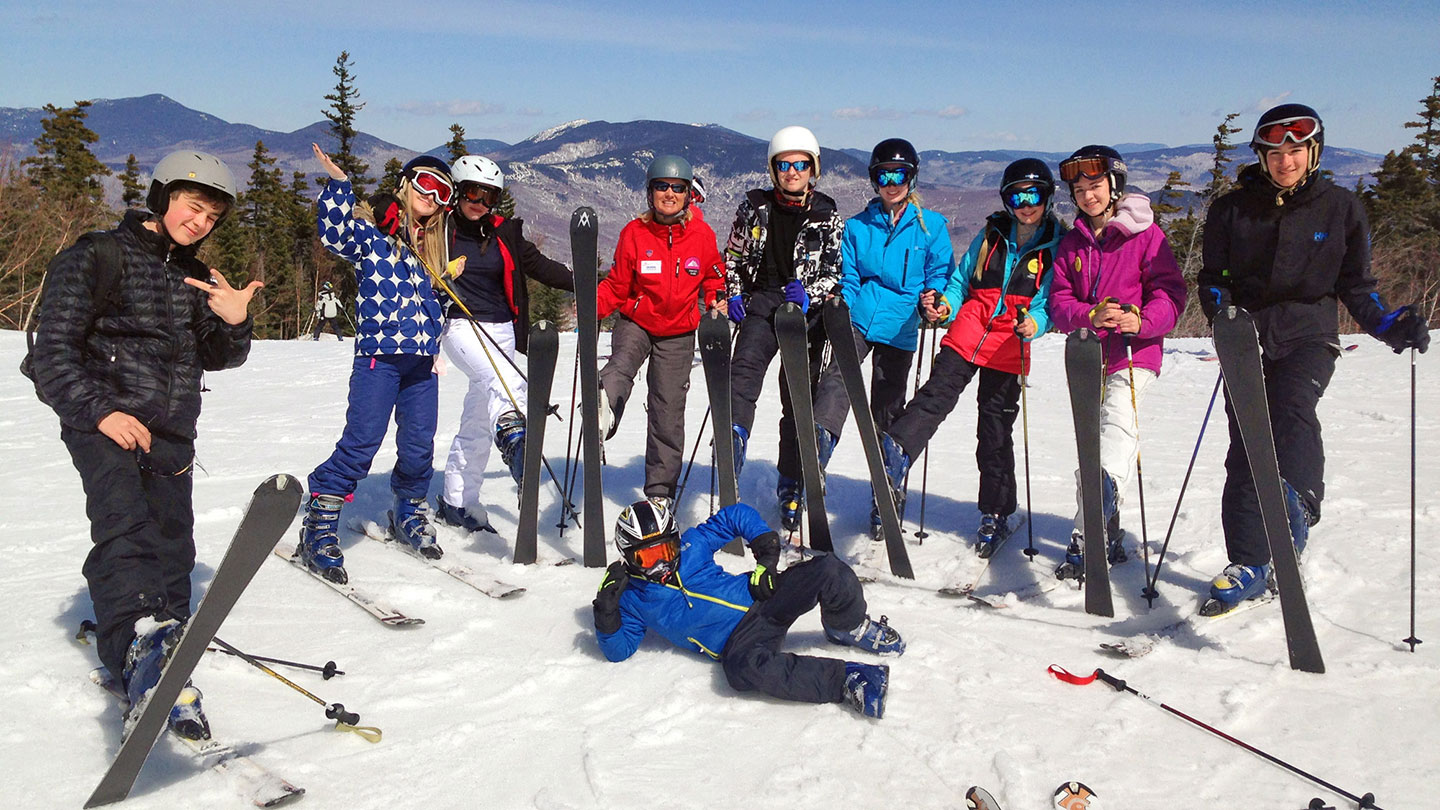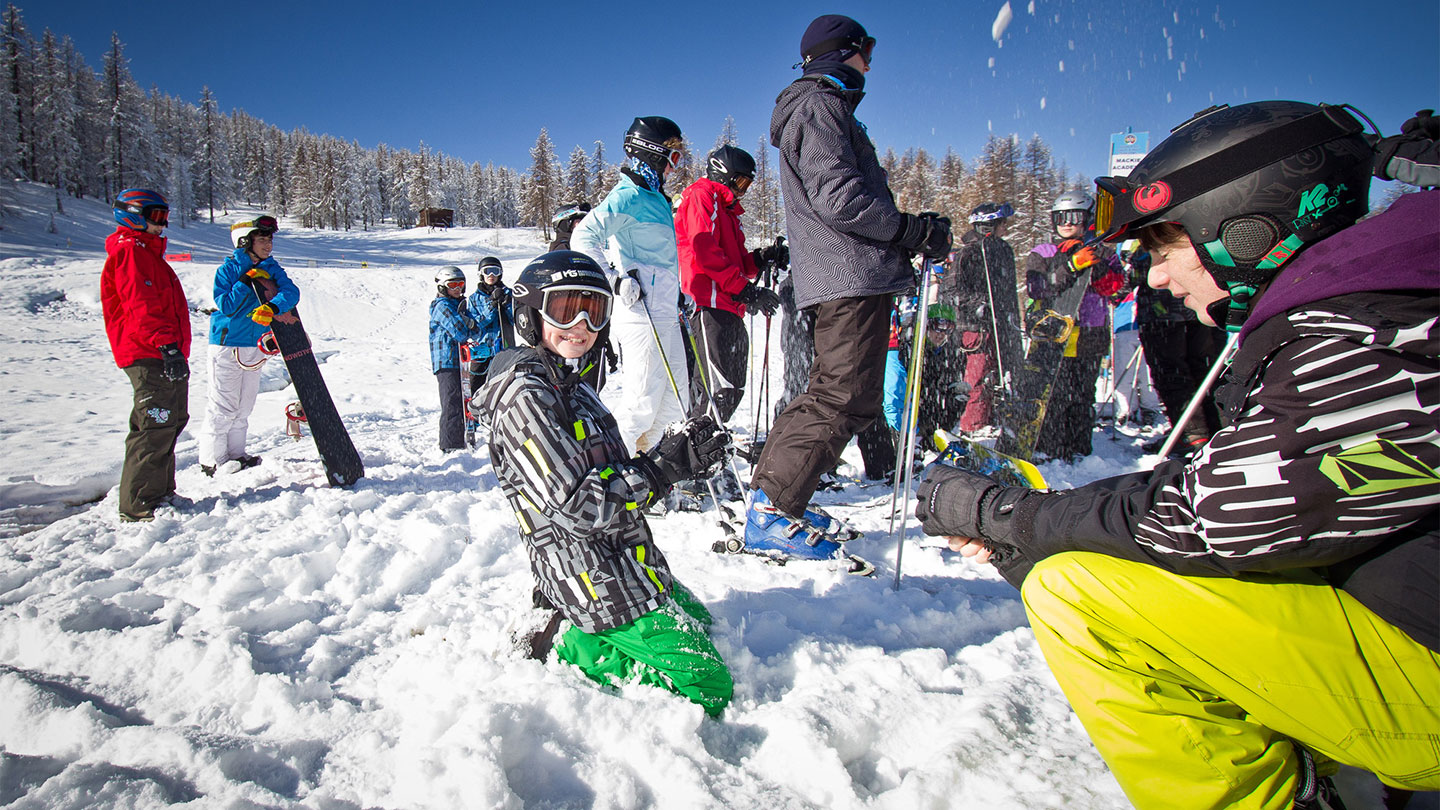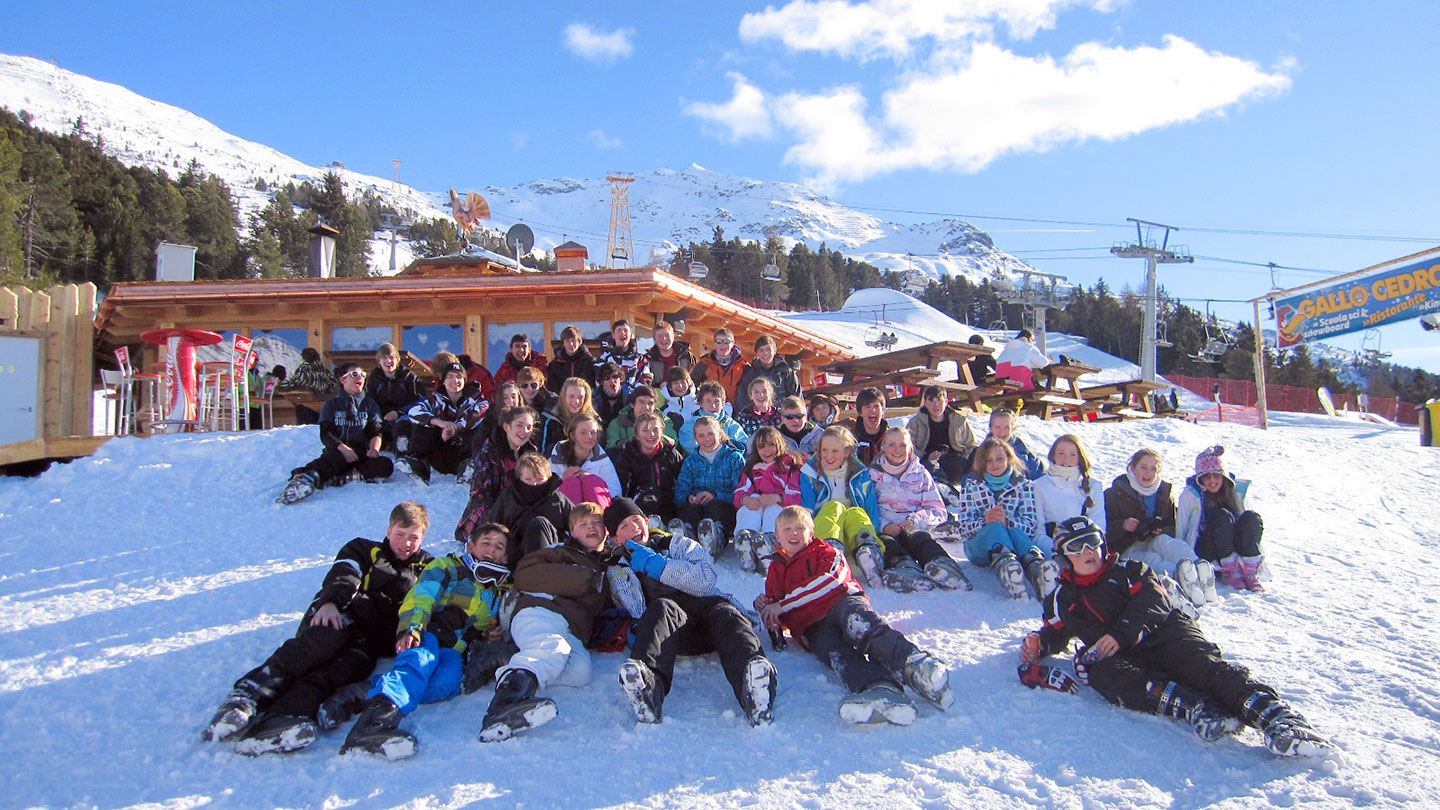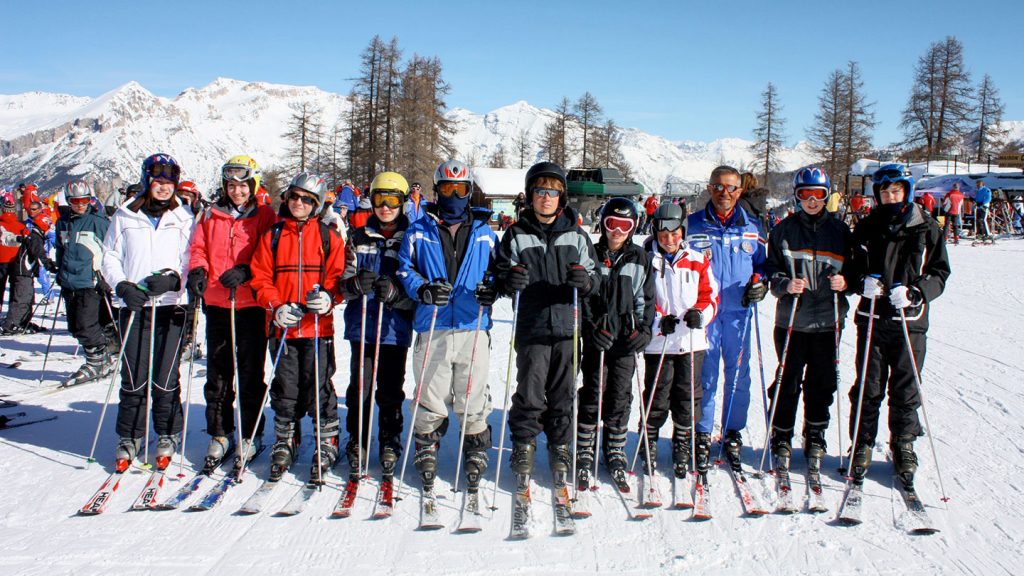Kit List
Make sure you’ve got all the winter gear you need
Not sure what to take? We’ve got your winter gear all wrapped up with our handy kit list.
Your skis, boots, snowboards, poles and helmets will be provided in resort by Rayburn Tours, whilst specific ski clothing can either be bought or rented. For coach trips, soft shell cases are preferred. If travelling by air, please check the weight and size restrictions applicable to your airline.
Ski Clothing
Please note that temperatures can vary throughout the day and the week. We recommend several base layers are worn, rather than one big jacket.
- Ski salopettes
- Ski jacket
- Thick jumper/fleece
- Ski socks
- Ski gloves
- Good quality ski goggles
- Sunglasses (UV protective)
- Base layers (long sleeved thermal tops and bottoms)
- Warm hat
- Neck warmer/snood
- Sun cream and lip balm
Non-ski Clothing
Evening activities may take place outside, so bring appropriate clothing for any après ski activities.
- Casual clothes for each evening
- Outdoor boots or heavy shoes
- Indoor shoes
- Warm jacket
- Swimming gear
General Items
Bear in mind how you’re travelling and the timeframes involved. Confirm with the trip organiser if you need to bring your own towel.
- Wash bag (and towel)
- Nightwear
- Toiletries
- Pillow for the journey
- Food for the journey
- Small rucksack



Our ski specific checklist and advice
- Winter sports specific trousers
These should be wind and waterproof, preferably ‘Gore-Tex’ style breathable fabric. They should have elasticated ankle cuffs large enough to ¬fit outside a ski boot.
- Winter sports jacket
It should have elasticated waist and wrist cuffs, and a high neckline allowing the zip to be closed right underneath the chin. Some people prefer to wear a ‘shell’ jacket without any warmth padding, then wear as many layers as necessary to stay warm. This allows you to compensate for variations in temperature by adding or reducing layers, especially towards the end of the season when days are warmer than in January and February. Choose a jacket with several zip pockets – there’s usually a lot to carry.
- Solid, waterproof walking boots
These need a good tread on the sole, important when walking to and from the slopes.
- Seamless ‘loop stitch’ knee length socks
Three pairs should suffice for the week. This type of sock prevents blisters, though only one pair of socks should be worn at a time – wearing two pairs increases the chance of blistering.
- A selection of t-shirts, polo shirts, sweat shirts and/or thin/thick fleeces
This should allow you to add or take off layers as required according to the temperature.
- Winter sports specific gloves
These should be a ‘Gore-Tex’ style waterproof and breathable fabric. If the temperature is expected to be very cold, inner gloves help to keep hands warm. Woollen gloves are not suitable and should not be used.
- A hat
Woollen beanie hats, lumberjack hats and caps are suitable. Cold hands or feet can be recti¬fied by wearing a hat, since 30% of body heat can be lost through the head. Hats that can cover the ears are preferable.
- A neck warmer
Choose a tube style adjustable warmer that you pull over your head and wear around your neck inside your jacket. Scarves are not suitable and should be avoided.
- Sun cream and lip balm
Although cold, the increased altitude means that your exposed skin can easily be burned by the sun, particularly in late season. The cold winds and speed of skiing also means that lip balm is advised.
- Eye protection
Perhaps the most important item on the kit list. You should ensure that you wear eye protection at all times when on the pistes. This should be in the form of either goggles and/or sunglasses, preferably goggles. They should be bought from a reputable source and you should ensure they’re the correct size. If you choose sunglasses, then choose soft, easy to bend plastic frames and a wrap-around style to¬ fit the face snugly. In both cases, the lenses should be 100% UVA and UVB resistant. Eye protection is not something to economise on.





